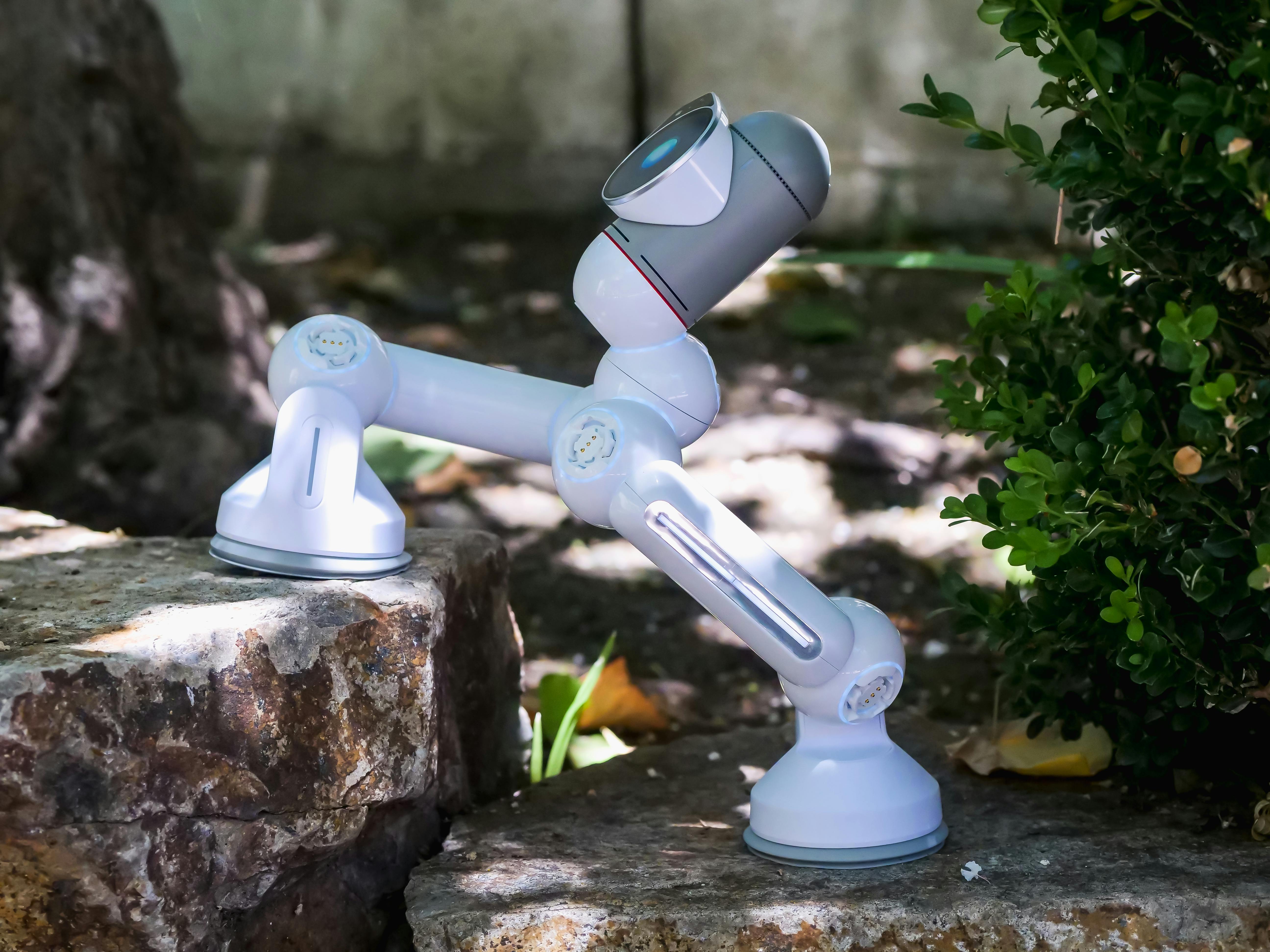Shaping Tomorrow's Industries: The Potential of Co-Bots in the Workspace
In this era of rapid industrial evolution, a new league of robotic partners is emerging on the horizon, called co-bots or collaborative robots. These high-tech helpers are designed to work seamlessly alongside humans, providing an innovative approach to automating tasks while enhancing human capabilities. This article delves into the world of co-bots, their role in transforming conventional industries, and the implications for business operations.

A New Era of Industrial Collaboration
The concept of co-bots was born out of the need for a safer and more efficient way to incorporate robotics into human-centric work environments. Unlike traditional robots that often require isolation due to safety concerns, co-bots are designed with advanced sensors and control systems that allow them to interact directly with human workers in a shared workspace.
The Growing Appeal of Co-Bots
Co-bots are gaining traction worldwide due to their versatility, user-friendliness, and cost-effectiveness. They can perform repetitive, strenuous, and precision tasks, freeing up human workers to focus on more complex and value-adding activities. Moreover, their inherent flexibility allows them to be reprogrammed and redeployed easily, making them a viable solution for small and medium-sized enterprises.
Impact on Business Operations
The integration of co-bots can lead to significant productivity gains and cost savings. By taking over mundane tasks, co-bots can increase operational efficiency and reduce the risk of workplace injuries. However, their adoption also presents challenges. Businesses need to address concerns about job displacement and develop strategies for effective human-robot collaboration.
The Future of Co-Bots
The potential of co-bots extends far beyond manufacturing and can revolutionize sectors like healthcare, agriculture, and hospitality. As technological advancements continue to refine their capabilities, co-bots are expected to play an increasingly integral role in shaping the future of work.
Insights into Co-Bot Implementation
- Co-bots can be leveraged as a strategic tool to attract and retain talent by reducing workplace hazards and improving job satisfaction.
- Successful co-bot integration requires a shift in mindset, seeing co-bots not as replacements but as partners that augment human potential.
- Investing in employee training is key to maximizing the benefits of co-bots and fostering a culture of innovation.
In conclusion, co-bots represent a unique opportunity to reimagine traditional business operations. They are a testament to the power of technological innovation to create safer, more productive workspaces. As this trend continues to evolve, it will be fascinating to see how co-bots will shape the future of industries and redefine our understanding of collaboration.




